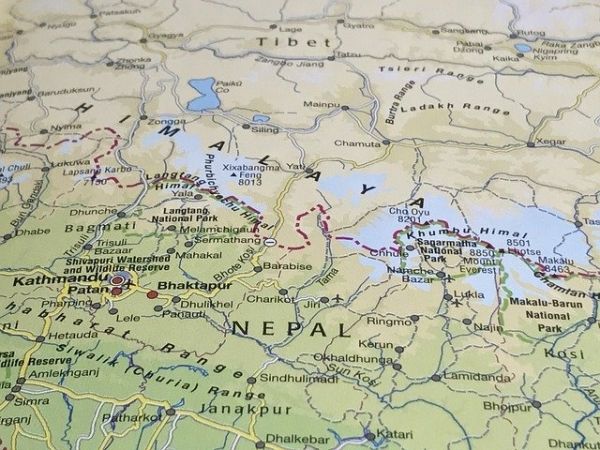The Kathmandu Valley in Nepal, the largest metropolitan region in the Himalayan foothills, has been experiencing severe air pollution over recent decades due to rapid and unplanned urbanization and diverse local and regional emission sources.
However, there are few studies regarding the light absorption characteristics of carbonaceous aerosol (CA) in the Kathmandu Valley, which is essential for a better understanding its effects on air pollution and climate change over the region.
Recently, a research group led by Prof. KANG Shichang from Northwest Institute of Eco-Environment and Resources, together with scholars from domestic and foreign research institutes and universities, collected total suspended particles (TSP) samples in the Kathmandu Valley from April 2013 to January 2018 to analyze organic carbon (OC), elemental carbon (EC) and water-soluble organic carbon (WSOC) and their respective light absorption characteristics.
Continue reading at Chinese Academy of Sciences
Image via Pixabay, CC0 Creative Commons


